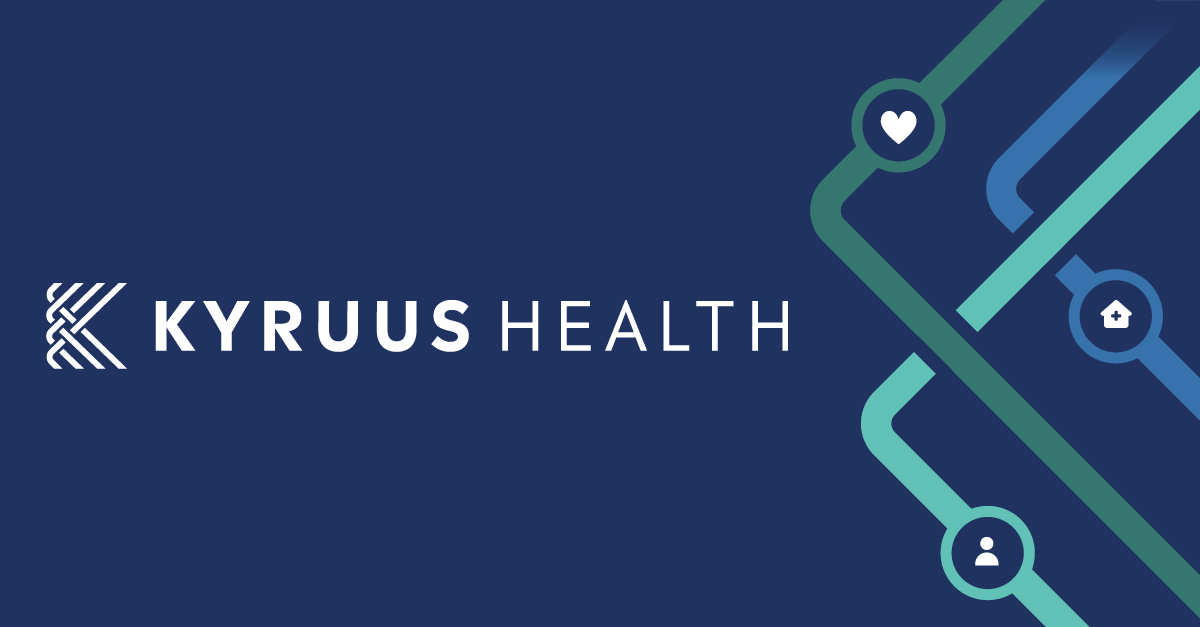Sporting goods stores and online businesses are full of home exercise products touting unparalleled health benefits. Treadmills, rowing machines, ellipticals, and stair climbers — you name it, they’re available in a wide range of prices and with varying features. Some popular high-end luxury bicycle machines will cost you more than $2,000, which doesn’t include the monthly fee.
What do a lot of individuals do with these machines? Although roughly 60 percent of people have a designated workout space in their home, a lot of them now use their workout machines as glorified clothes hangers. That means the equipment’s purported perks are non-existent.
It’s not unusual for us to invest in a product with the intention of using it often. Then, we lose the motivation to use it or focus our time on other interests. Items that were designed to provide us with myriad advantages simply gather dust.
Patient engagement platforms and other digital health tools are sometimes placed in this category, whether intentional or otherwise. Technology that enables providers to improve quality of care and patient safety and enhance communication fail to reach their potential because they’re either not used properly or not adequately made available to the ones for whom they’re meant.
Providers’ Role in Patient Engagement
If this sounds familiar to you, there’s good news: it’s not too late to put your digital health tools to work. You can still achieve all the benefits you wanted when you first invested in the technology. The objective, though, has to be encouraging patients to use them. You must educate them on the advantages these resources offer and explain their importance in the overall care journey.
There are multiple ways you can make this happen, and we’re going to walk you through them. You don’t have to do this all at once, but by working toward increasing your patients’ utilization of these technologies, you’ll soon begin to notice increased engagement and some of the many benefits you can achieve through it.
1. Screen for digital literacy.
Digital literacy is the ability to seek, find, understand, and appraise health information from electronic sources and apply the knowledge gained to addressing or solving a health problem. It’s similar to health literacy because without it, patients can’t obtain, process, and understand basic health information to make appropriate healthcare decisions.
By conducting screening, you’re more likely to identify some of the approximately 16 percent of adults in the United States who aren’t digitally literate. The Telehealth Equity Coalition advises providers to ask patients if they own a device that can host a patient engagement app, use email, know how to download an app, or browse or change camera settings.
2. Properly educate your patients.
Patient care doesn’t only mean providing patients with basic health information. It should include educating them on advice that’s relevant to them and empowers them to actively participate in their own care.
When discussing digital health resources with your patients, be sure to share with them why you believe the tool will improve their health, how to use it properly, and any corresponding security considerations. Ensure the technology is easy to use and understand. If you’re doing this electronically, the messaging should be customized and/or personalized.
3. Maintain provider-patient trust.
Hopefully your patients already have a high level of trust in you. Otherwise, they probably wouldn’t be trusting you for their medical needs.
According to research from Deloitte, the healthcare provider relationship is the top priority for patients. About 75 percent of consumers “moderately” or “strongly” trust medical doctors, and almost 70 percent are confident in the services of nurse practitioners and physician assistants. Other research has found that more than half of patients say trusted healthcare professionals would motivate them to take a more active role in managing their health.
Use this trust to recommend the digital tools from which you want your patients to benefit. Let them know there’s evidence showing that higher patient activation often results in better health outcomes and that nine in 10 physicians now believe digital health tools are an advantage for patient care.
4. Ensure HIPAA compliance for PHI.
Patients expect their protected health information (PHI) to be kept secure — especially when it’s shared between providers and facilities. There are strict HIPAA rules and regulations that must be adhered to, and non-compliance can be costly in more ways than one.
Failing to secure protected health information (PHI) can result in a damaged reputation and decreased patient satisfaction and trust. Make sure you’re using a HIPAA-compliant patient engagement platform, and let your patients know the tools you’re offering for their use are built with strict security measures.
Read more: 20 Tips for Healthcare Providers to Keep Their Mobile Devices Secure
When you’re able to successfully promote the use of digital health tools, your medical group will avail itself of the numerous advantages they offer, from easier access to up-to-date data and boosted clinician and staff productivity to decreased physician burnout, improved health outcomes, reduced in-office wait times, fewer no-shows, and advanced data accuracy and sharing. Your patients, meanwhile, will benefit from greater continuity of care, fewer medical errors, and additional ways to connect with their entire care team.
Together with Kyruus, Epion offers end-to-end patient access and engagement solutions, enabling patients to easily find and schedule care, complete pre-visit tasks, and meaningfully engage with their providers. Contact us today to find out how our easy-to-use Digtal Check-In solution enables patients to complete registration steps at their convenience.

